Who is that on Cincinnati's massive mural? A closer look at the 10 influential musicians
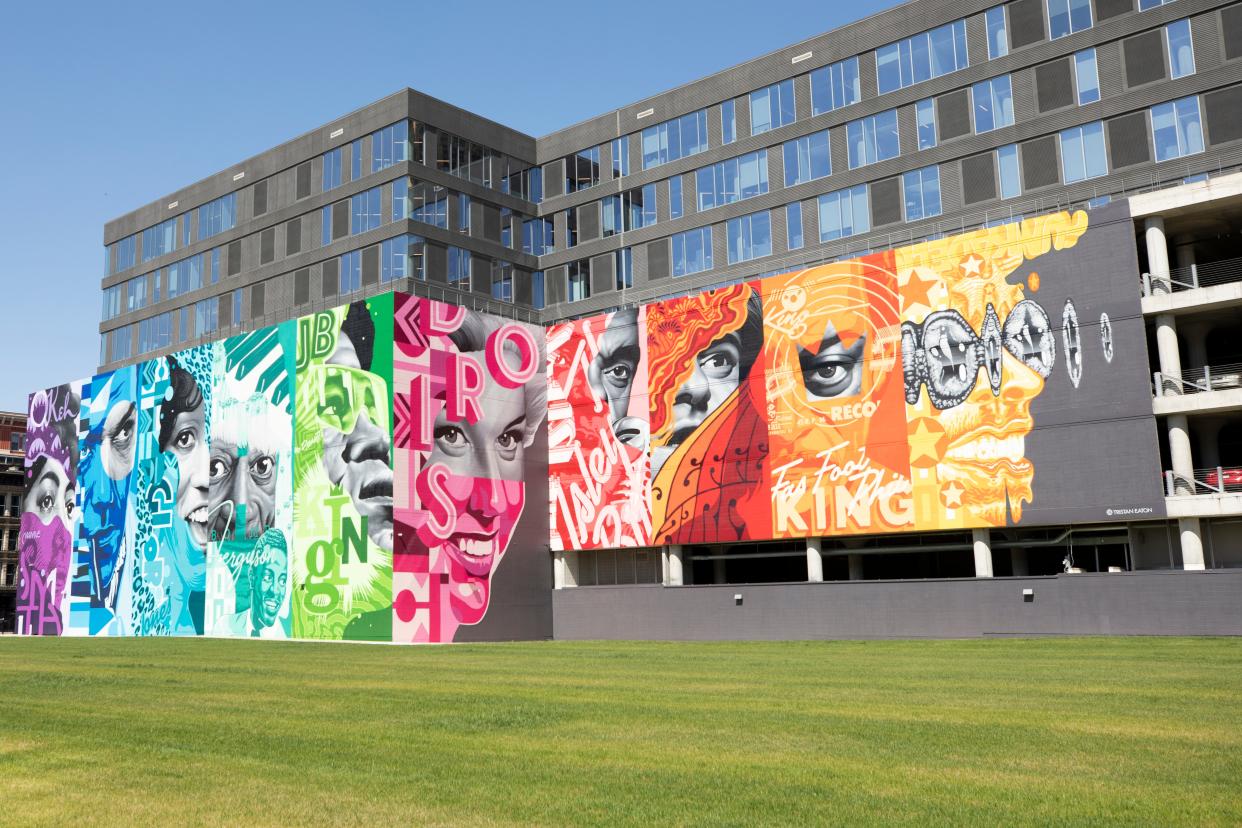
Across the street from the Duke Energy Convention Center you’ll notice an enormous colorful mural on the west side of the 84.51° building at 100 W. Fifth St.
It’s difficult to miss.
Larger-than-life portraits of 10 of Cincinnati’s most influential musicians, including James Brown, Doris Day and the Isley Brothers, are washed in vibrant rainbow colors.
“Enormous” here is not hyperbole. The mural, created by Los Angeles-based artist Tristan Eaton, is one of the largest in Ohio, covering an estimated 18,000 square feet. Eaton and his team of artists used 3,732 cans of spray paint.
Eaton has painted more than 100 large-scale, pop culture-infused public murals on buildings and walls all over the world, from Brooklyn to Denmark to Honolulu.
His Cincinnati mural was commissioned for the Blink festival back in 2022, paying homage to the city’s musical heritage.
“I was really attracted to the history of music here in Cincinnati,” Eaton told Spectrum News in 2022.
“I grew up on a lot of blues and honky-tonk, and that was like my dad’s jam. So, it got me really excited to learn about King Records and, you know, Mamie Smith and all this stuff that James Brown recorded here. So that was like, obviously, what I wanted to do and focus on,” he said.
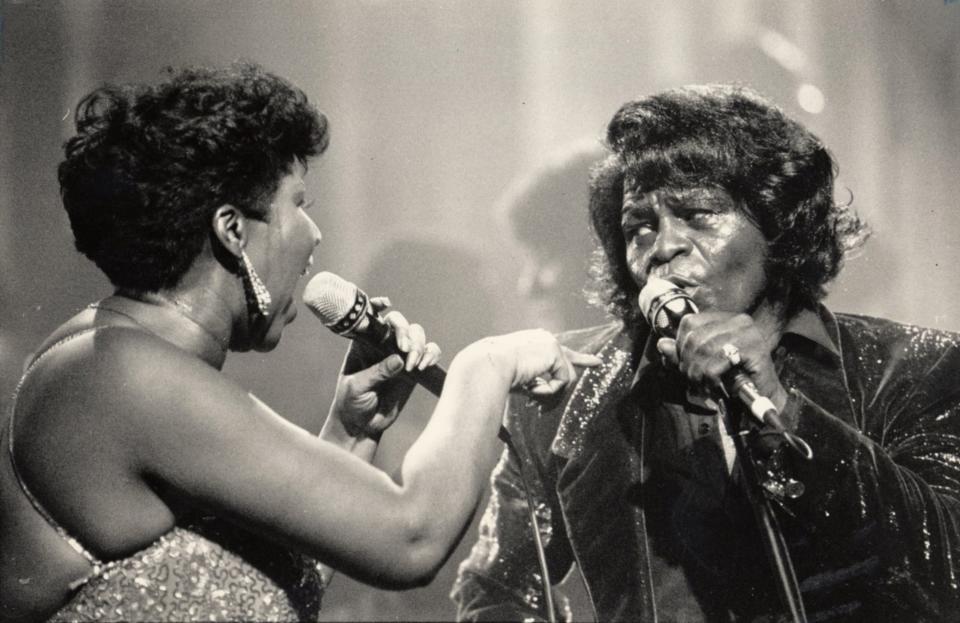
Some of the musicians Eaton selected are not household names even around here. Most of the portraits have the musician’s name as part of the design, which helps, but one of them does not – the second from the left, painted in blue.
I searched Google Images and asked friends who are more knowledgeable in the local music scene and was able to identify jazz artist George Russell.
His face is not as recognizable as, say, Bootsy Collins, likely because Russell worked behind the scenes. But he was an influential figure whose musical theories radically changed jazz in the 1950s and ’60s.
Including Russell in the mural is a big step in the city giving him long overdue recognition, if only people could recognize him.
To give them all their due, here is who is on Eaton’s Cincinnati musicians mural.
Mamie Smith (1891-1946)
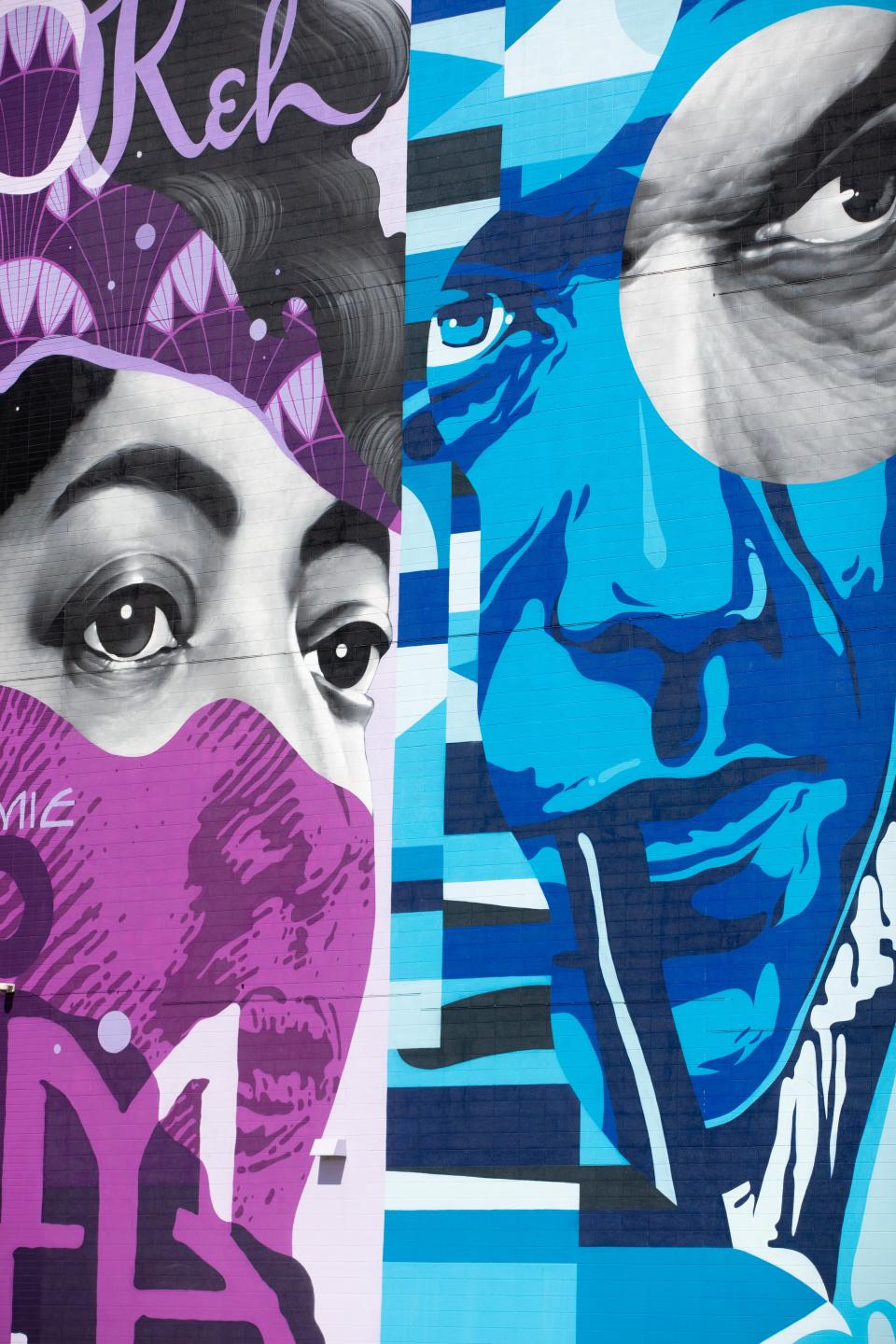
Smith, born Mamie Robinson in Cincinnati, started as a vaudeville dancer at a young age. She made blues history in 1920 when she recorded “Crazy Blues” for Okeh Records in New York. It is considered the first blues recording and sold more than 75,000 copies in the first few months. Due to its historic significance, “Crazy Blues” was inducted into the Grammy Hall of Fame and was selected for preservation in the National Recording Registry.
George Russell (1923-2009)
Russell, born and raised in Cincinnati, was a jazz pianist, composer and educator. His most noted contribution to music was explaining the concept of modal jazz, which replaced chords with scales for improvisation, in his groundbreaking 1953 book, “The Lydian Chromatic Concept of Tonal Organization.” The New York Times called the heady text “the bible of modal jazz.” It ushered in a major harmonic change that was put into practice by Miles Davis and John Coltrane.
Gloria Jones (1945- )
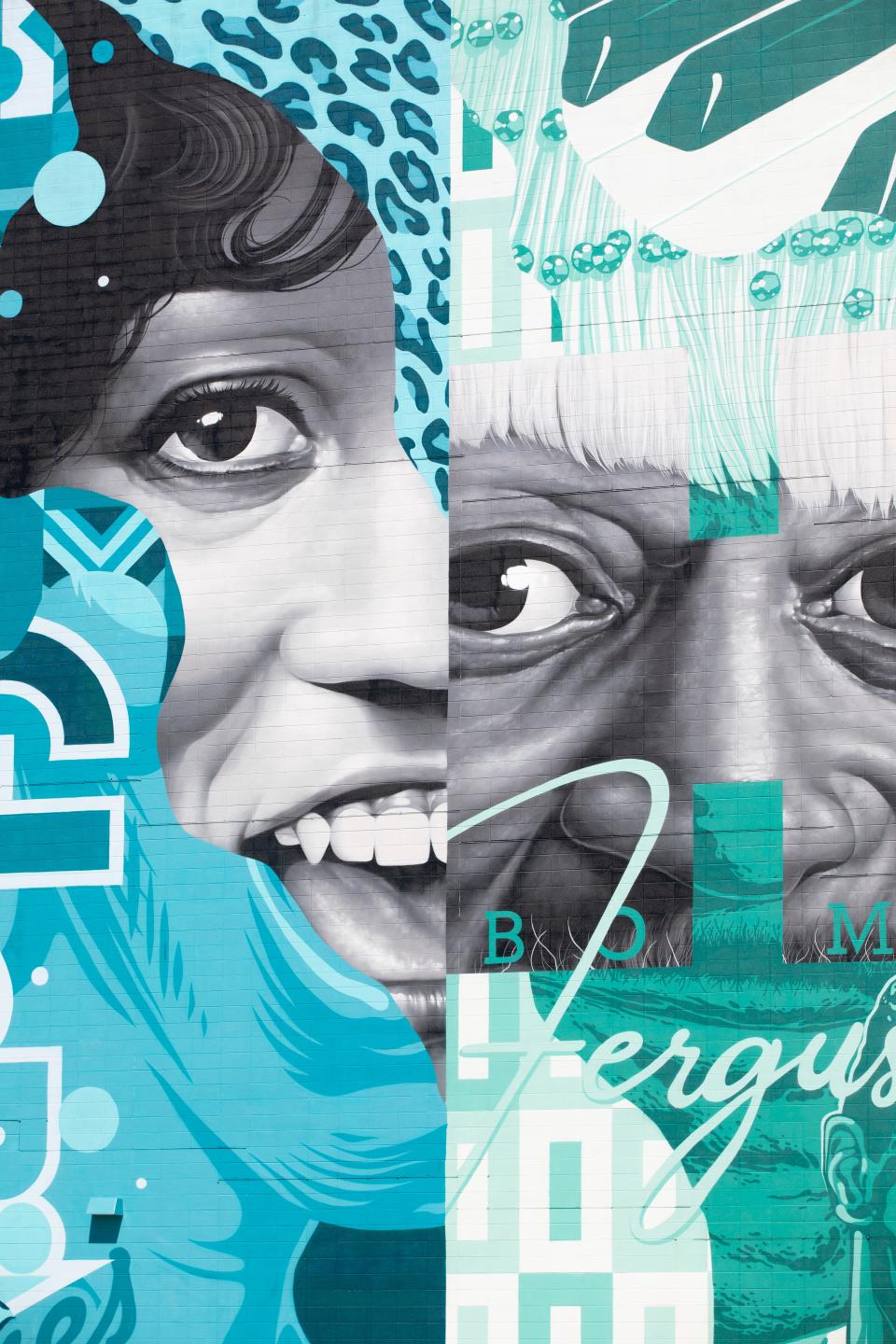
As a singer and songwriter, Cincinnati native Jones was known in the United Kingdom as “The Queen of Northern Soul.” She was a member of the rock band T. Rex and in the cast of the musical “Hair.” A cover of her 1965 song “Tainted Love” became a hit for the British group Soft Cell in 1981.
H-Bomb Ferguson (1929-2006)
Charleston, South Carolina, native Robert Ferguson performed jump blues in the 1950s under the name H-Bomb Ferguson due to his “gruff blues shouting style,” according to Discogs. He toured blues clubs with B.B. King and others, and recorded with several record companies, including King Records’ Federal label.
He settled in Cincinnati. When he was in his 50s, he reemerged in the 1970s with a flashy persona to match his flashy name – donning neon-colored wigs – and became a staple of the Cincinnati music scene.
James Brown (1933-2006)
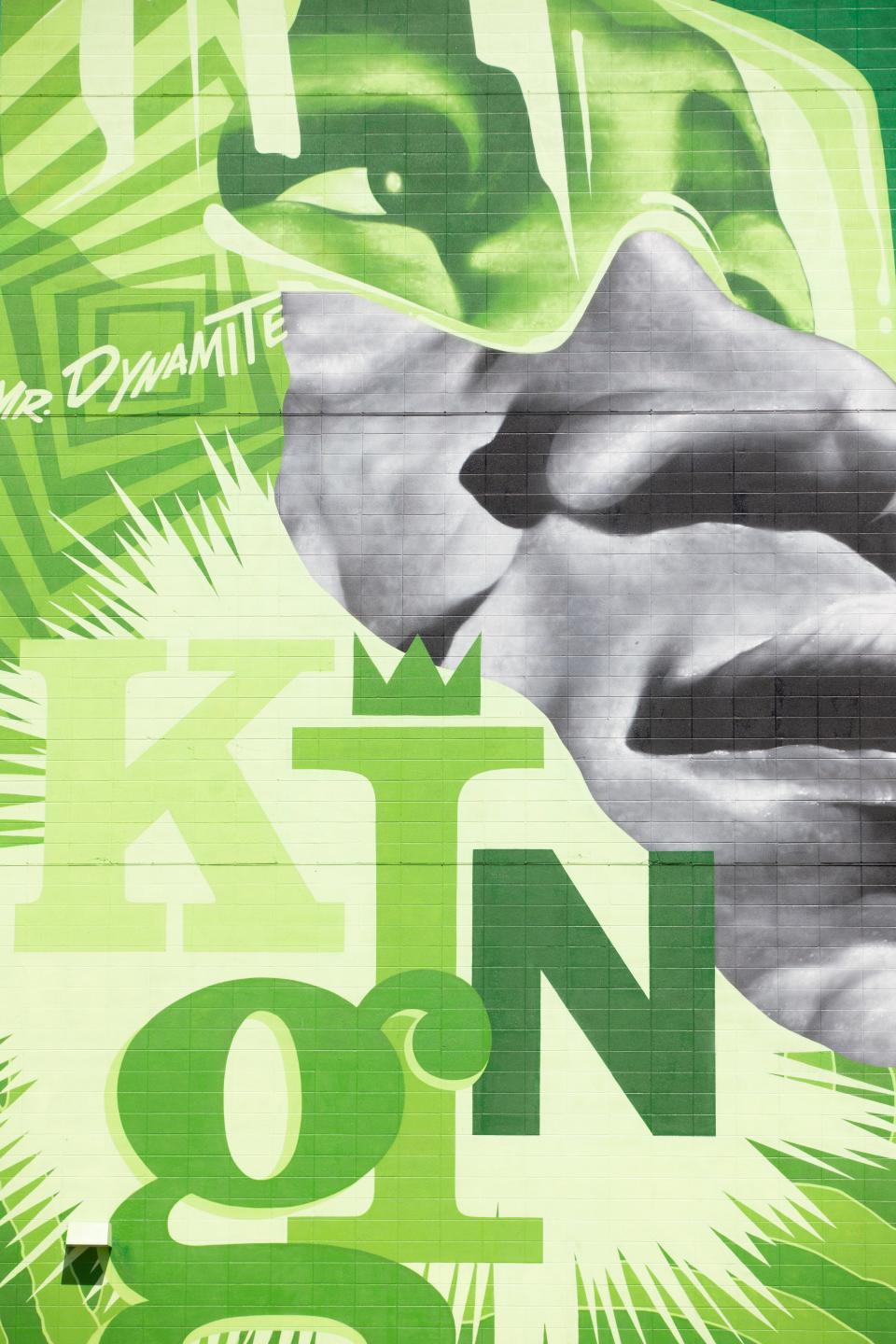
The Hardest Working Man in Show Business signed with Syd Nathan’s King Records in 1956, launching Brown’s career of groundbreaking soul and funk records. Brown’s hits “Please, Please, Please,” “Papa’s Got a Brand New Bag,” “I Got You (I Feel Good)” and “It’s a Man’s Man’s Man’s World” were all recorded for King Records.
Doris Day (1922-2019)
The future “girl next door” singer and actor, born Doris Kappelhoff, grew up in Evanston, Sayler Park and Price Hill. As a teen, she performed as a dancer, but broke her leg when her car was struck by a train. While she convalesced, she started singing on WLW.
She joined Les Brown’s big band and became famous for her wartime hit, “Sentimental Journey.” As an actor, she was the top female box office draw of the 1950s with films such as “Pillow Talk,” as well as “The Man Who Knew Too Much,” which featured her signature song, “Que Sera Sera.”
The Isley Brothers
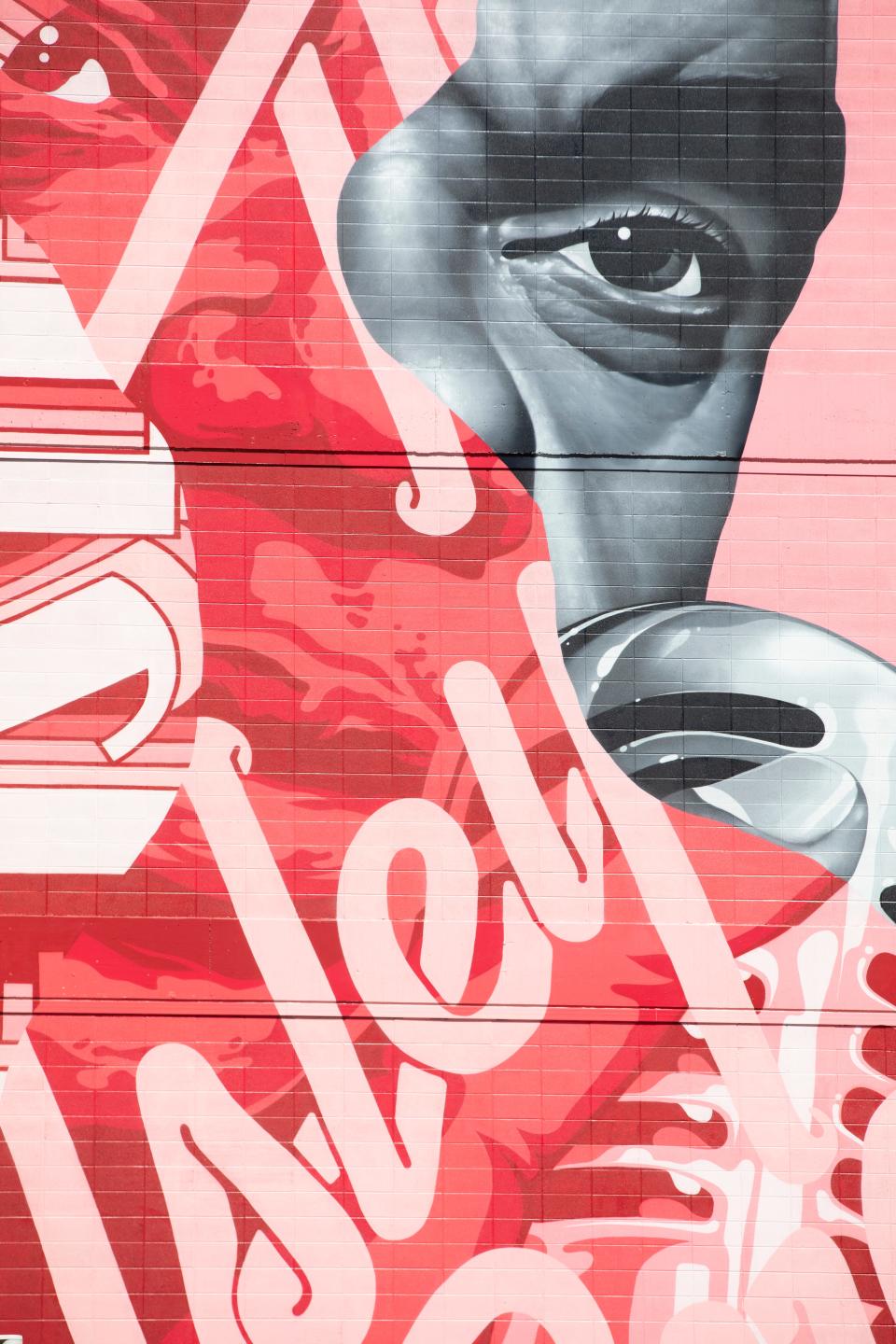
Brothers O’Kelly, Rudy, Ronnie and Vernon Isley, who grew up in Lincoln Heights, then moved to Blue Ash, formed a vocal group in the 1950s when they were teens. They started singing gospel, but switched to doo-wop after the death of Vernon, the lead singer.
The Isley Brothers recorded their original song, “Shout!” and had major hits with “Twist and Shout” and “It’s Your Thing.” They are one of the American groups that inspired The Beatles. The Isley Brothers were inducted into the Rock & Roll Hall of Fame in 1992.
Marty Balin (1942-2018)
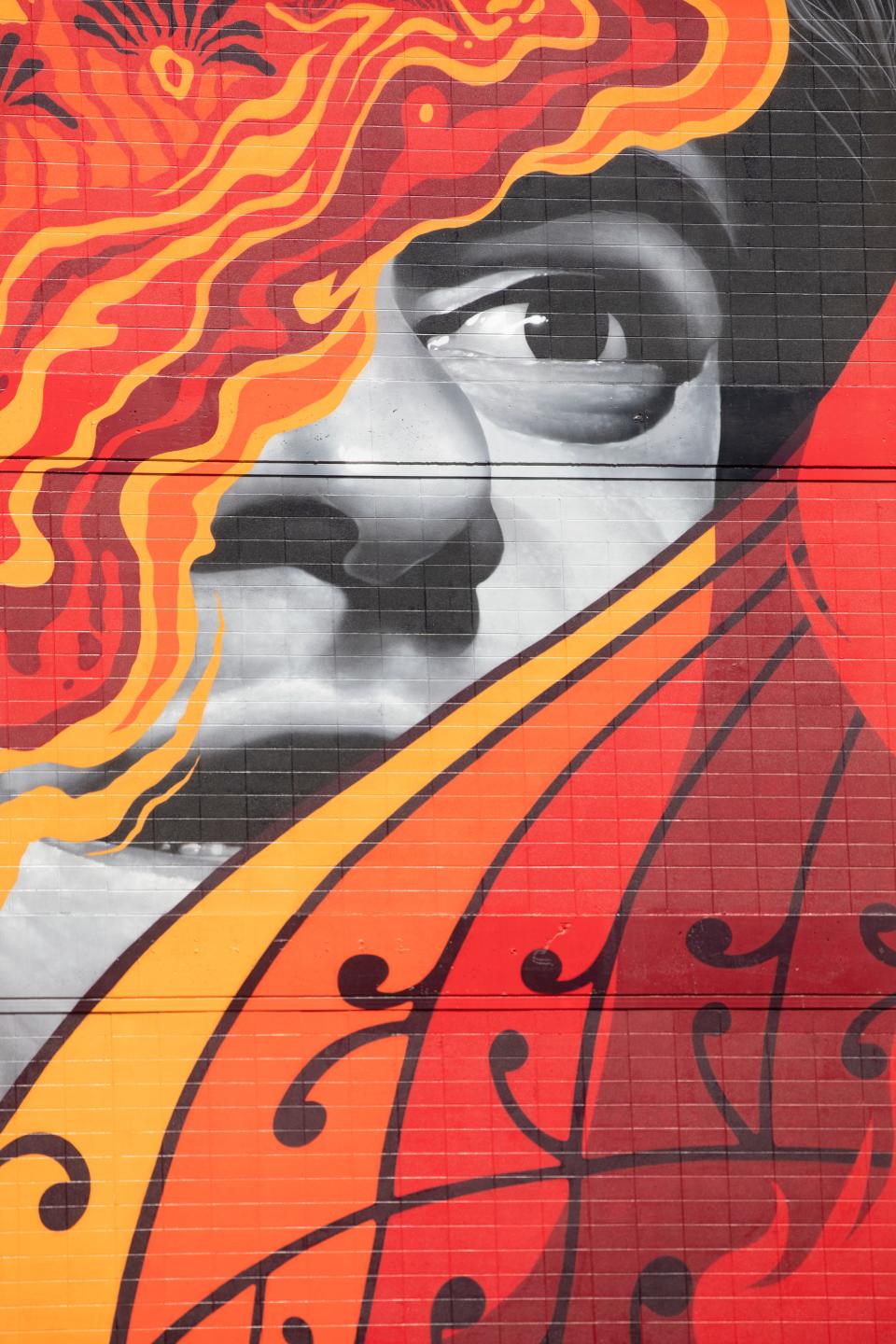
Balin, born Martyn Jerel Buchwald in Cincinnati, grew up in California.
In the mid-1960s, he opened the influential San Francisco club Matrix and co-founded the psychedelic band Jefferson Airplane. Balin shared lead vocals and harmonizing, though he was not as visible as “White Rabbit” singer Grace Slick. Balin’s vocals on “Volunteers” was a stand-out at the Woodstock festival. He also performed with Jefferson Starship and on his own in the 1980s. Jefferson Airplane was inducted in the Rock & Roll Hall of Fame in 1996.
Philip Paul (1925-2022)

Born in Harlem, New York, Paul started playing drums as a teen at the famous Savoy Ballroom. Syd Nathan hired him as a session drummer for King Records. He played on more than 350 recordings for King, including the original “Fever,” “The Twist” and “Hide Away” with Little Willie John, Charles Brown, Wynonie Harris, Hank Ballard, Freddie King and others.
In 2009, Paul was honored by the Rock & Roll Hall of Fame as part of “From Songwriters to Soundmen: The People Behind the Hits.”
“If someone were to try to isolate the single heartbeat of the early days of rock-and-roll, as it transitions from ‘race music’ to ‘rhythm & blues’ to whatever you want to call what early rock-and-roll is, that heartbeat is Philip,” said Terry Stewart, the former president of the Rock & Roll Hall of Fame and Museum.
Bootsy Collins (1951 - )
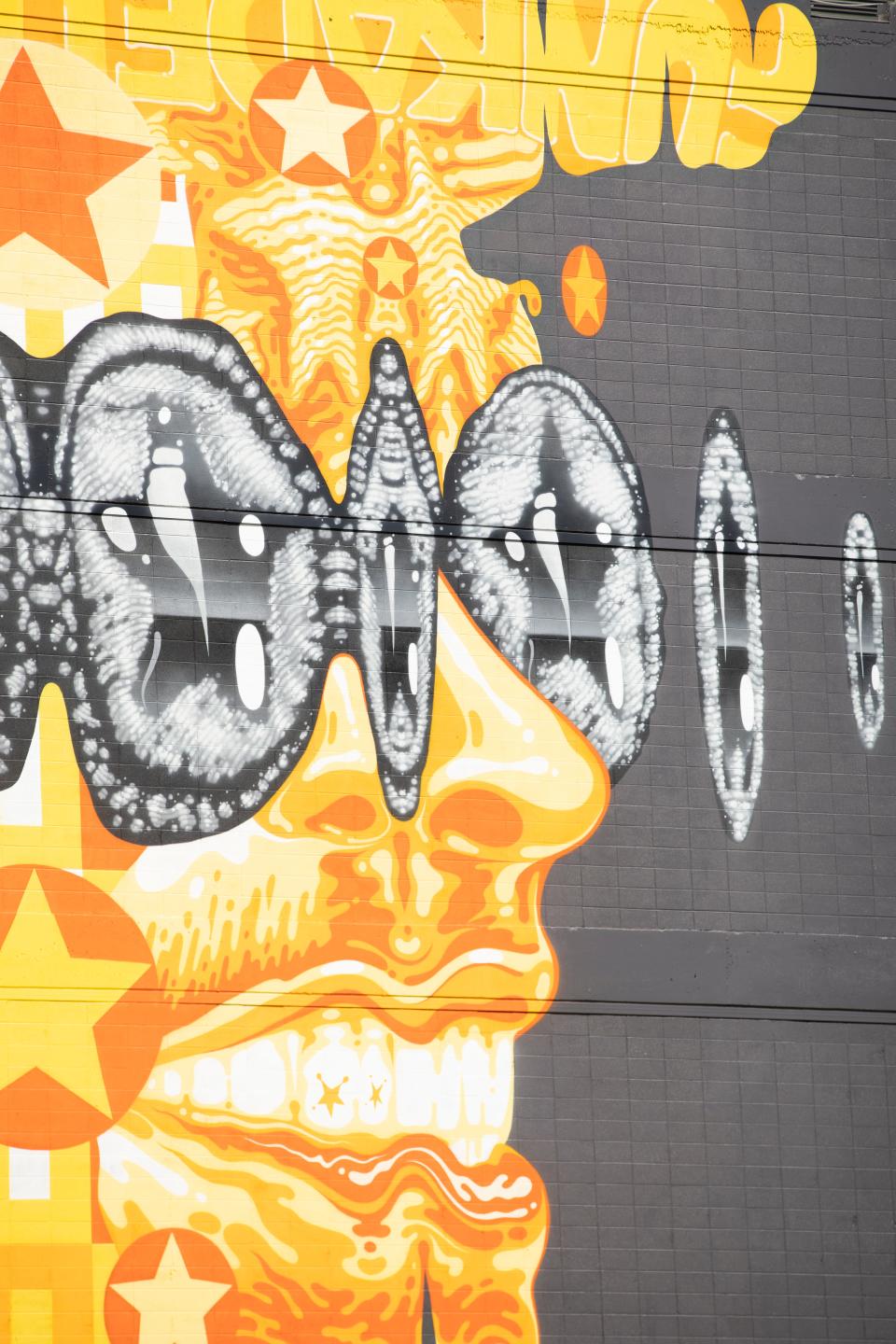
Though he was born William Earl Collins, his mother nicknamed him Bootsy because she said he looked like a Bootsy. He has his own style, always seen in bejeweled outfits, a top hat and his famous star glasses.
Collins played bass guitar with James Brown for King Records before joining Parliament-Funkadelic. Rolling Stone ranked him No. 4 among the greatest bassists of all time. As a P-Funk member he was elected in the Rock & Roll Hall of Fame. Still active in Cincinnati, he performed on Fatboy Slim’s “Weapon of Choice” and his own Cincinnati Bengals anthem, “Fear Da Tiger.”
This article originally appeared on Cincinnati Enquirer: Who are the musicians on Cincinnati's massive mural? A closer look
